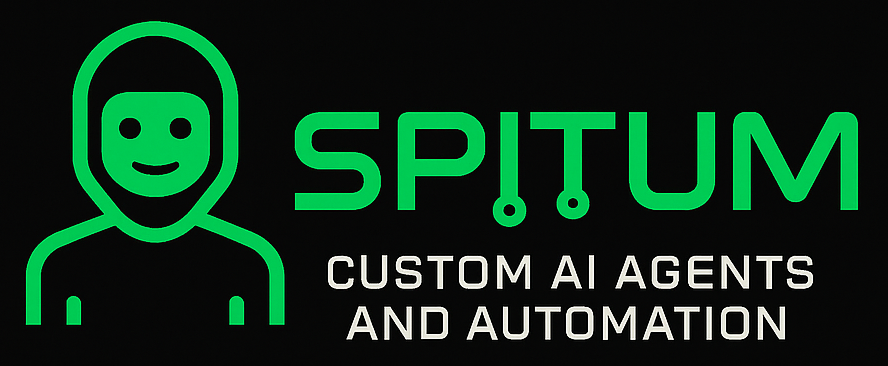Tesla, the electric vehicle (EV) and clean energy company, has been actively involved in artificial intelligence (AI) research and development.
- Autopilot and Full Self-Driving (FSD): Tesla has been working on developing advanced AI systems for its vehicles, with the goal of achieving autonomous driving. Their Autopilot feature, available in Tesla vehicles, utilizes AI algorithms to assist drivers with tasks like lane keeping, adaptive cruise control, and automated parking. The Full Self-Driving (FSD) capability aims to enable fully autonomous driving, although it is important to note that as of my knowledge cutoff, FSD is still considered a driver-assistance feature and requires human supervision.
- Neural Networks and Deep Learning: Tesla employs deep learning techniques, including convolutional neural networks (CNNs) and recurrent neural networks (RNNs), to process and interpret data from sensors such as cameras, radars, and LiDAR (Light Detection and Ranging). These neural networks enable the vehicles to perceive and understand the environment, detect objects, and make decisions based on the collected information.
- Data Collection and Fleet Learning: Tesla gathers vast amounts of data from its fleet of vehicles to improve its AI algorithms. This data includes real-world driving scenarios, which are used to train and refine the AI models. By leveraging data from a large number of vehicles, Tesla aims to improve the overall performance and safety of its autonomous driving systems.
- Hardware Development: Tesla has also designed and developed custom hardware to support its AI initiatives. The company created specialized AI chips, like the Tesla FSD Computer, which are optimized for processing the large amounts of data required for autonomous driving tasks.
- Tesla AI Day: In August 2021, Tesla hosted an event called “Tesla AI Day.” During the event, the company showcased its AI capabilities, including developments in computer vision, neural networks, and training methods. Tesla’s AI Day focused not only on autonomous driving but also on the integration of AI into other aspects of its business, such as manufacturing and energy systems.
It’s worth noting that the field of AI is rapidly evolving, and Tesla’s AI efforts may have progressed further since this article was written. To stay up to date with the latest information, I recommend visiting Tesla’s official website or following their announcements and publications on AI-related advancements.


